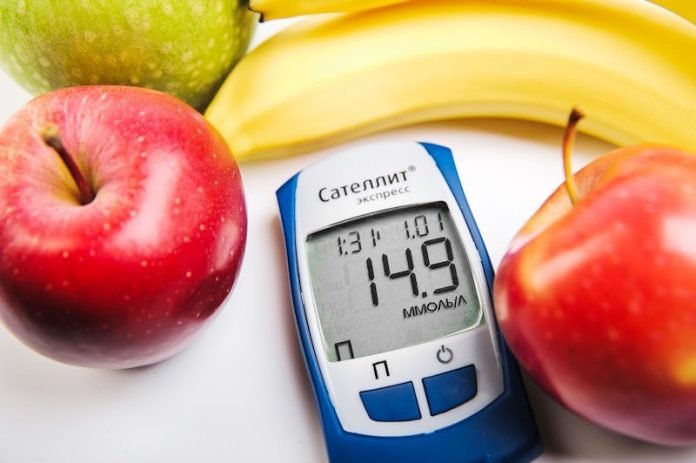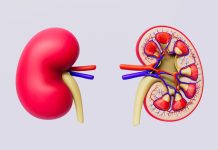
Scientists have found that dieting methods can strongly influence diabetes risk.
In a recent study from McMaster University, researchers found that eating at least two daily servings of dairy is linked to lower risks of diabetes and high blood pressure, as well as metabolic syndrome that heightens heart disease risk.
The observed associations were strongest for full-fat dairy products. The findings are published in BMJ Open Diabetes Research & Care.
In the study, the researchers drew on people taking part in the Prospective Urban Rural Epidemiology (PURE) study. Participants were all aged between 35 and 70 and came from 21 countries.
Dairy products included milk, yogurt, yogurt drinks, cheese, and dishes prepared with dairy products, and were classified as full or low fat (1-2%).
Some 46, 667 people had metabolic syndrome—defined as having at least 3 of the 5 foods.
The team found total dairy and full-fat dairy, but not low-fat dairy was linked to a lower prevalence of metabolic syndrome.
At least 2 servings a day of total dairy were linked to a 24% lower risk of metabolic syndrome, rising to 28% for full-fat dairy alone, compared with no daily dairy intake.
The health of nearly 190,000 participants was tracked for an average of nine years, during which time 13,640 people developed high blood pressure and 5351 developed diabetes.
At least 2 servings a day of total dairy was linked to an 11-12% lower risk of both conditions, rising to a 13-14% lower risk for 3 daily servings. The associations were stronger for full fat than they were for low-fat dairy.
In another study from the University of Michigan, researchers found replacing saturated fats with monosaturated fats in the diet may help treat diabetic neuropathy.
In the study, the team examined the impact of saturated fats and MUFAs on nerve function.
Three groups of mice were fed diets with varying fatty acid composition from 6 to 24 weeks including a standard diet, a high-fat diet rich in saturated fats; and a high-fat diet rich in monounsaturated fatty acids (MUFAs).
The team found both high-fat diet and high fat diet-MUFA groups exhibited impaired glucose tolerance, increased body weight, and higher body fat mass.
Despite equivalent metabolic dysfunction in the two groups, the high-fat diet with MUFAs group showed fewer symptoms of neuropathy.
In parallel, nerve fiber density was strongly increased in the MUFAs group compared to the saturated diet group.
The findings suggest that the development of neuropathy is related to cell energy dysfunction induced by saturated fats.
Importantly, saturated-fat-induced nerve damage and cell energy dysfunction can be reversed by MUFAs. This emphasizes the potential for MUFAs as a treatment for neuropathy in pre-diabetic and T2D patients.
In a third study at Deutsches Zentrum fuer Diabetesforschung DZD and published in the journal Metabolism, researchers found that an intermittent fasting method helps reduce pancreatic fat.
They showed the mechanism by which pancreatic fat could contribute to the development of type 2 diabetes.
In the study, the team divided the overweight mice, which were prone to diabetes, into two groups: The first group was allowed to eat ad libitum — as much as they wanted whenever they wanted.
The second group underwent an intermittent fasting regimen: one day the rodents received unlimited chow and the next day they were not fed at all.
After five weeks, the researchers observed differences in the pancreas of the mice: Fat cells accumulated in group one. The animals in group two, on the other hand, had hardly any fat deposits in the pancreas.
Mice resistant to diabetes due to their genetic make-up despite excess weight had hardly any fat in the pancreas, but instead had fat deposits in the liver.
The team says fat accumulations outside the fat tissue, e.g. in the liver, muscles, or even bones, have a negative effect on these organs and the entire body.
The findings suggest that not only liver fat should be reduced to prevent type 2 diabetes.
Intermittent fasting means not eating during certain time slots. However, water, unsweetened tea, and black coffee are allowed around the clock.
Depending on the method, the fasting lasts between 16 and 24 hours or, alternatively, a maximum of 500 to 600 calories are consumed on two days within a week.
The best-known form of intermittent fasting is the 16:8 method which involves eating only during an eight-hour window during the day and fasting for the remaining 16 hours. One meal — usually breakfast — is omitted.
Sign up for our newsletter for more information about this topic.
If you care about diabetes, please read studies about common vegetables that may reduce kidney damage caused by diabetes, and this berry can help prevent diabetes, obesity, cancer.
For more information about diabetes, please see recent studies about a new early warning sign for heart disease, and results showing heavy cannabis use may decrease incidence of diabetes.
Copyright © 2022 Knowridge Science Report. All rights reserved.



